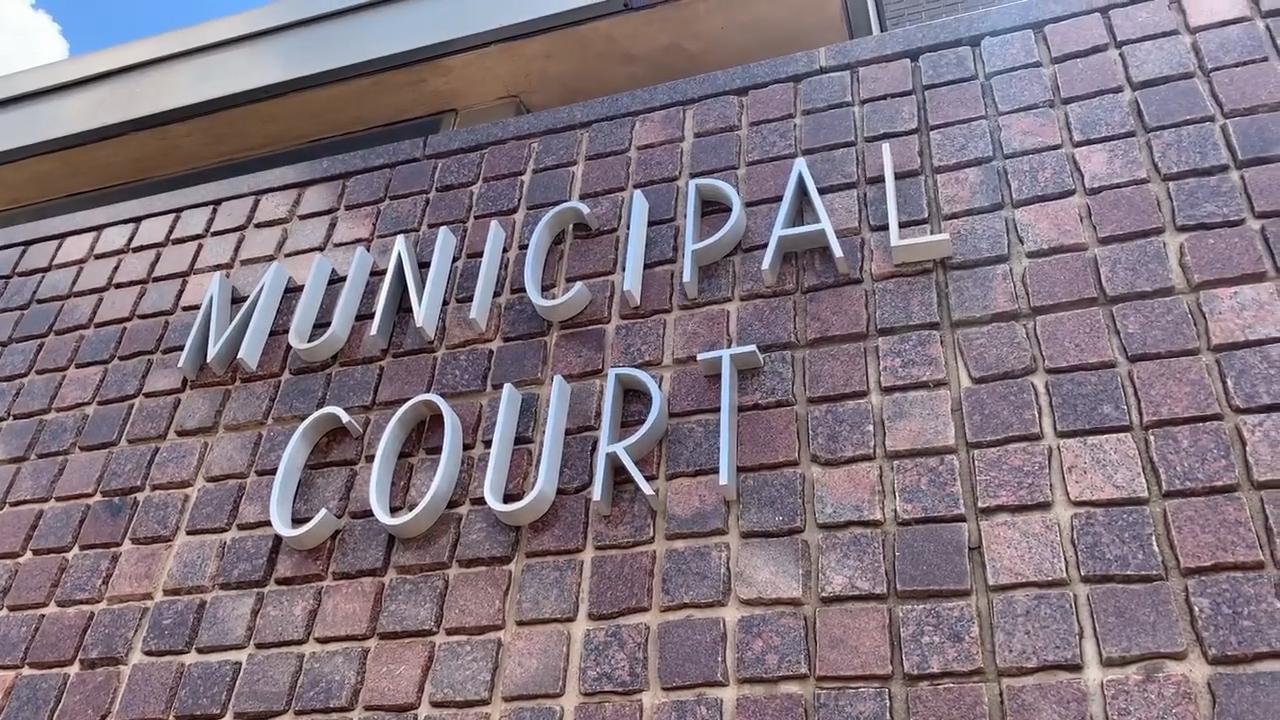When a fire starts, every second counts. There is no time for fire crews to be searching for a working water source.
“Each of our engines carries 500 gallons of water, and we have 4 engines come at a time,” Lubbock Fire Rescue Captain Kevin Ivy said. By his estimate, more than 90% of fires can be put out with water from just one engine.
However, some fires need additional resources. So, LFR conducts annual tests during the spring months to ensure every fire hydrant works properly. It is one of the qualifications for Lubbock’s Class 1 “Public Protection Classification” from the Insurance Services Office.
WIth more than 6,800 hydrants to keep track of, it takes a few months to flush them all: testing the pressure, how easily they start flowing, and even making sure the hydrant is there at that location.
“It could be that got hit by a car and nobody ever knew,” Ivy said. “There are always instances where one was working last year, but e have such hard water here, there are always instances where something can freezse up from last year and us not know.”
As of the day EverythingLubbock.com requested the data, they found 92 out of service hydrants so far this year. That number fluctuates daily, though, as the Water Department gets to work.
“As soon as we get those from the fire department, we put those into our work order system so that we can maintain and prepare them as quickly as possible,” Director of Water Utilities Aubrey Spear said, adding they are usually able to fix the hydrant within a few days.
Although, the out-of-service hydrant data showed at least 14 hydrants with notes indicated they were still experiencing problems from last year’s inspections.
“When one hydrant is out of service, what does that mean as far as our service to our customers if there’s a fire?” Spears said, explaining the layout of the city is the main safeguard. “Well, our hydrants are designed in a way that they are spaced out throughout the city. So there is overlap, redundancy.”
LFR said the ISO required distance is around 800 feet apart, but Spears said many of ours sit just 300 feet apart.
“So, we are never without the emergency fire protection that our citizens need,” Spears said.



























